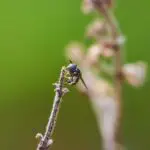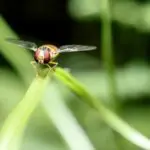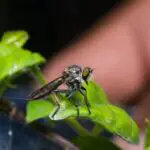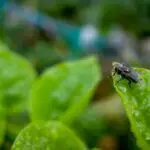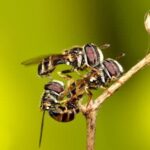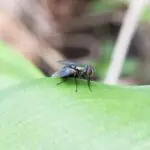How Do Flies Help Pollination?
If we think about the way pollination occurs, we probably think about bees, but there are other types of pollinators. Fruit flies are one of them. These insects visit flowers and lay their eggs in the flower heads. Their larvae eat plant pollen. In addition, flies serve as rendezvous sites for mating.
Flies are classified into four categories. Some of them mimic other insects, such as bees, wasps, and hornets. Some are predatory, which means they feed on other insects and plants. Other species help break down organic matter in the soil, releasing nutrients into the soil.
Scientists are now trying to discover what kinds of flies are most useful in pollinating different crops. While most studies have focused on bees, flies have been reported to visit many crops. Researchers are also trying to identify species that can be reared and released commercially.
Fly pollination is an important task for many species of plants. They are active throughout the year and visit flowers frequently. They feed on pollen and nectar, which support many crucial biological processes. They also help with pest control and provide food for birds and other animals. Furthermore, many species of flies help in agriculture by providing pollen for a wide variety of plants. The diversity of fly taxa enables researchers to choose the best pollination option according to the target crop’s morphology.
The benefits of pollinating insects are well documented. Honeybees receive most of the credit, but an army of other insects is equally important. According to Rader’s analysis, there are only a few crops that bees visit exclusively, but most crops are visited by both bees and other types of insects.


